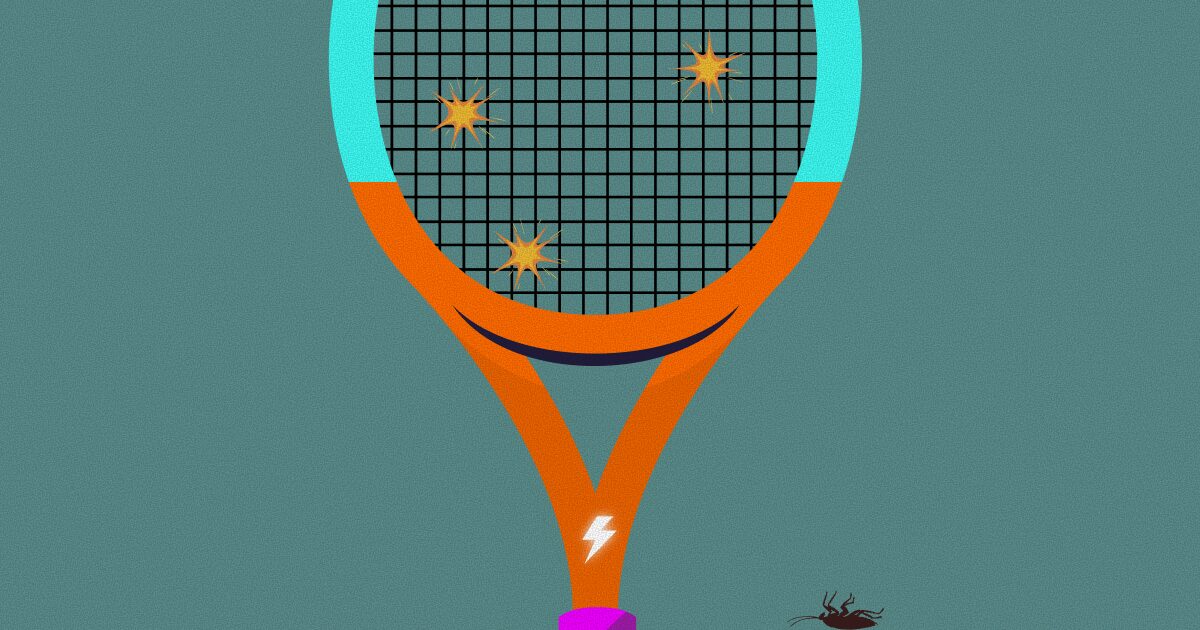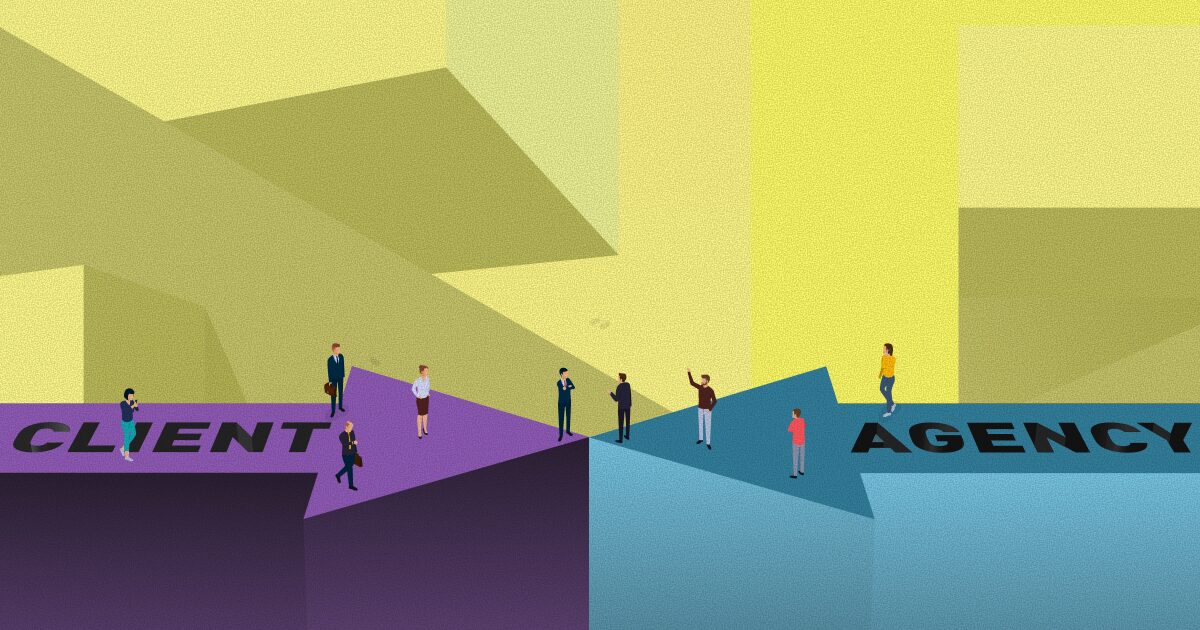June 8, 2025 - 4 min
UX Analysis of Best Practices: Roles, Methods, and Knowledge Sources

How do design roles shape better products?
Designing digital products isn’t just about how something looks. It’s about how it works, how it feels, and how easily users can navigate it without friction. And behind every good product is a team of people working across different roles, each with a unique focus but a shared goal: making the experience better. The core premise for this is a thorough and an in-depth UX analysis of best practices.
Here’s how those roles typically play out — and which UX practices keep us moving in the right direction.
The Roles: Not Just Job Titles
In many teams, there’s a bit of overlap between roles, but they still bring different strengths to the table.
- UX Designer. Think of them as the architect of the user journey. UX designers are the ones asking the big questions early on: What is the user trying to achieve?, What stands in their way?, and How can we make this smoother? Their UX analysis involves user research, journey mapping, flow diagrams, and wireframes — all to ensure that the digital product solves the right problems in a way that feels natural. They often collaborate closely with product managers and researchers, continuously iterating based on user feedback and testing.
- UI Designer. The UI designer picks up where UX leaves off — translating structure and logic into a visually coherent and engaging interface. They define the look and feel of the product through color systems, typography, spacing, and component behavior. UI designers also think about accessibility, ensuring interfaces can be used by as many people as possible, regardless of ability. Their role bridges aesthetics and usability, working hand-in-hand with design systems and interaction guidelines.
- Art Director. The art director focuses on the bigger creative vision — not just for a single screen, but often for an entire product, campaign, or brand system. They guide the overall style, tone, and emotional impact of visual output, ensuring cohesion across different touchpoints. Art directors often lead or mentor designers, give creative direction, and collaborate with marketing, branding, and leadership teams to make sure every design decision reflects the company’s identity and values in a meaningful way.
- Web Designer. Sitting at the intersection of UX and UI, web designers often wear multiple hats — especially in smaller teams or agencies. Beyond layout and visual design, they frequently dive into implementation, using tools like Webflow, Framer, or other no-code and low-code platforms. Some even collaborate directly with developers or handle simple front-end code themselves. Their work balances form and function, with a strong focus on responsiveness, page performance, and driving key outcomes like conversions or sign-ups.

What Good UX Practice Looks Like
Every project has its own context, constraints, and challenges. But no matter the size or industry, there are principles that consistently make a difference in how well a design process runs — and how good the outcome feels.
- Start with questions, not assumptions.
One of the most valuable things a designer can do early on is pause and ask: Why are we building this? Who is it for? What’s the actual problem we’re solving? Research doesn’t have to mean a 3-week deep dive — sometimes it’s just mapping out user pain points, reviewing analytics, talking to support teams, or looking at how competitors approach a similar challenge. - Use moodboards, flows, and low-fidelity drafts early.
These help align the team visually and strategically before jumping into high-fidelity work. Moodboards are a great way to test direction without wasting hours on polished screens. User flows and quick wireframes let everyone get on the same page before pixels start flying. - Stay open to iteration.
First versions are rarely final versions — and that’s okay. Design is not about getting it perfect on the first try, but about learning and refining. Whether it’s feedback from internal reviews, user tests, or live product data, iteration helps reveal what really works (and what doesn’t). - Prioritise clarity and consistency over cleverness.
Novelty can be fun, but if users are confused, it fails. A great UI often feels invisible — it doesn’t demand attention, it just works. Reusing familiar patterns, keeping layouts predictable, and maintaining consistency across screens builds trust and reduces cognitive load. - Collaboration is everything.
Designers don’t work in a vacuum. From kick-off meetings to dev handoffs, the best results happen when design, product, and development communicate openly — sharing ideas, giving feedback, and solving problems together.

Where We Learn (and Keep Learning)
Great design doesn’t come from instinct alone. It’s the result of constant exposure to new ideas, honest feedback, and learning from others. Whether you’re new to the field or 10+ years in, these are some of the places that help us grow:
- Nielsen Norman Group (NN/g)
A cornerstone of UX education. Their research-backed articles, reports, and certifications are referenced by design teams around the world. If you want to understand user behavior or improve usability heuristics, this is the place to start. - Smashing Magazine
Known for in-depth yet practical content, Smashing covers everything from UI trends and accessibility to front-end performance and cross-platform design. It’s especially helpful for designers working closely with developers. - Design Systems & Pattern Libraries
Whether it’s your own team’s system or ones from companies like Shopify, Atlassian, or IBM, looking at how other teams handle components, states, spacing, and tone helps inform better decision-making and structure. - Conversations with your team
Don’t underestimate the power of internal learning. A five-minute Slack chat with a developer can clear up constraints you weren’t aware of. A quick debrief with a PM can help reframe a user story. Regular feedback sessions — even informal ones — make a huge difference in building alignment. - Community and platforms
While Dribbble and Behance are more visual, platforms like UX Collective, Medium, or even design Twitter are full of real-world experiences, case studies, and debates worth reading. It’s where ideas are tested, challenged, and improved.
Closing Thoughts
Design isn’t about pixel-perfect screens. It’s about solving real problems in real contexts. And that takes collaboration, clarity, and curiosity. Whether you’re designing for a mobile app, a web platform, or something in between, what truly matters is how well you understand the people on the other side of the screen — and how your team works together to support them.
Give Kudos by sharing the post!






